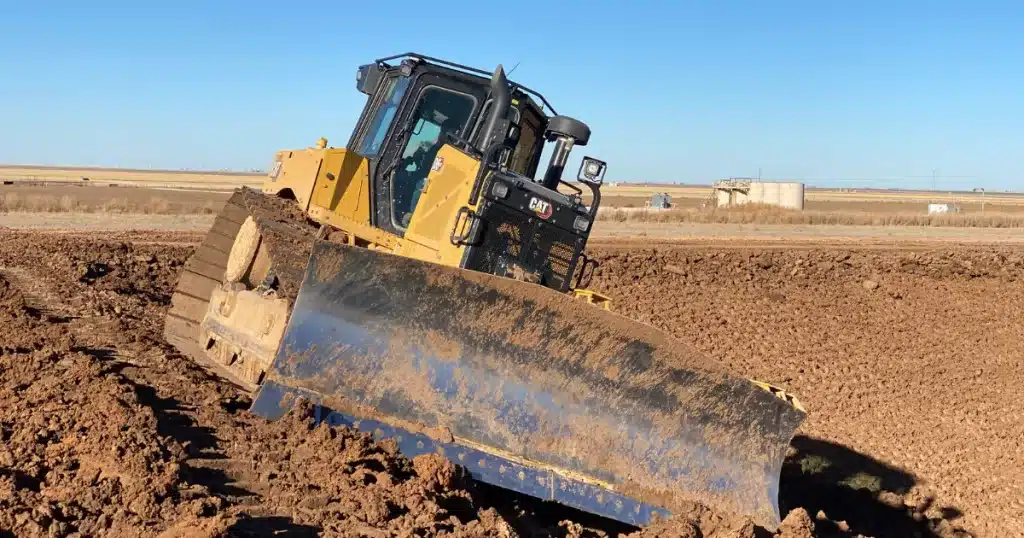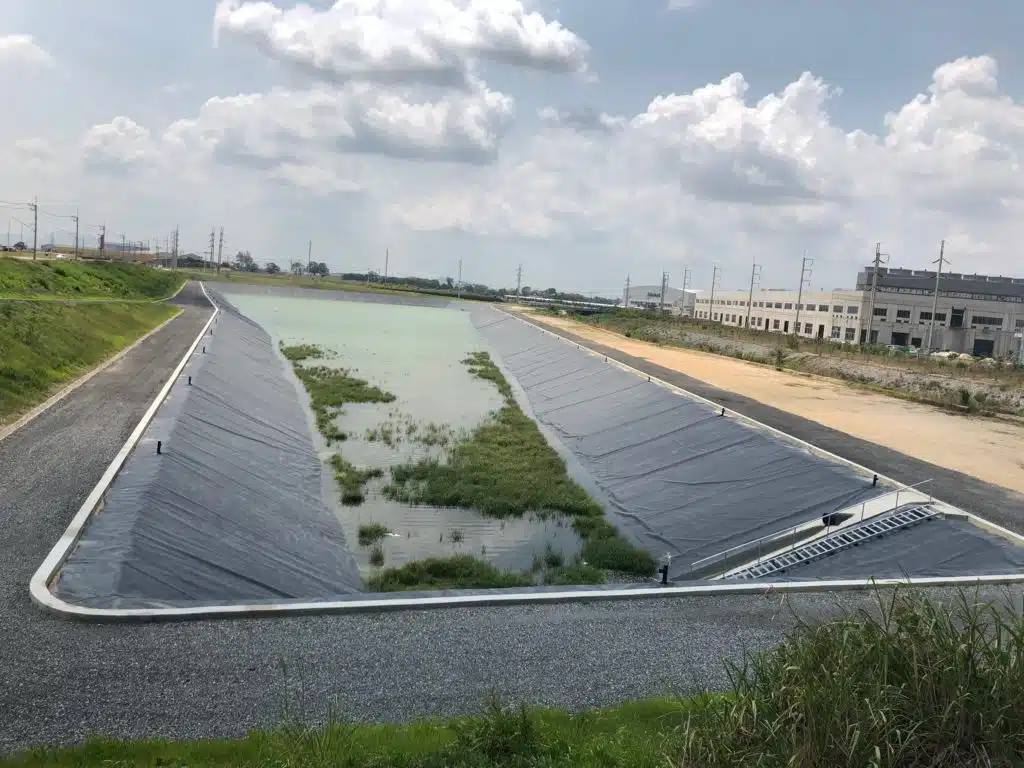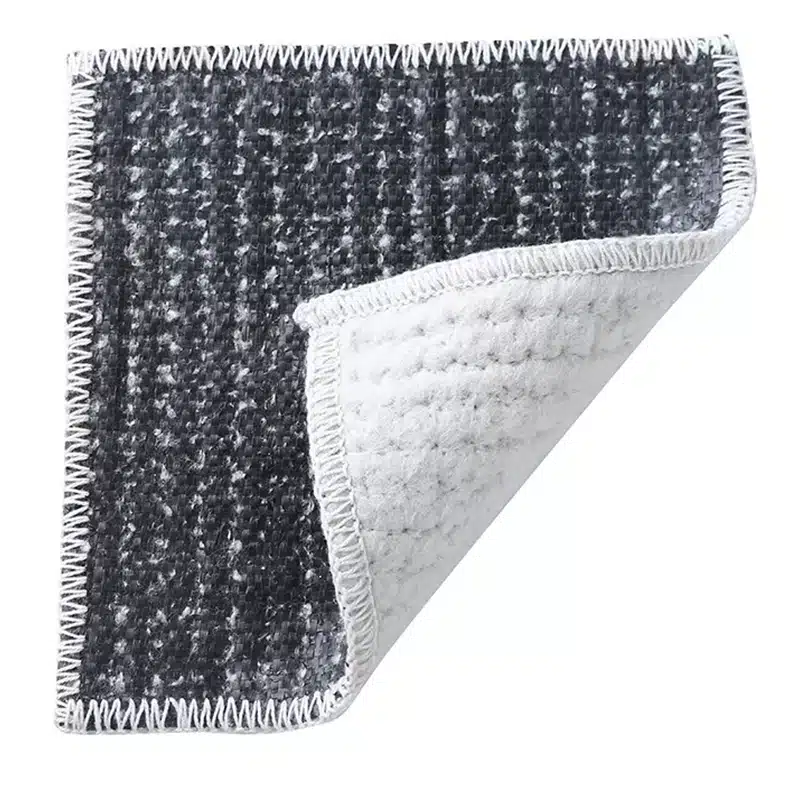+86-159 9860 6917
info@geofantex.com
geofantex@gmail.com
+86-400-8266163-44899
Geocomposite clay layers (GCLs) have become a crucial component in modern engineering projects, offering a cost-effective and sustainable alternative to traditional clay barriers. In this article, we will delve into the world of GCLs, exploring their various applications, advantages over natural clay, their role in landfill design, and what makes them geosynthetic clay liners.

What is GCL used for?
Geocomposite clay layers, known as GCLs, are versatile barrier systems used in a range of engineering and environmental projects. They find applications in landfill caps and base liners, dams, canals, ponds, rivers, lakes, and even waterproofing buildings and similar structures. Here are some key uses:
- Landfill Caps and Base Liners: GCLs are employed to line landfills, preventing the harmful leaching of substances into the soil and groundwater, thereby protecting the environment.
- Pond and Reservoir Liners: GCLs serve as effective liners for ponds, reservoirs, and containment basins, creating impermeable barriers that stop water from seeping through.
- Wastewater Treatment: GCLs play a crucial role in wastewater treatment facilities, acting as secondary containment liners to prevent chemical leaks.
- Civil Engineering Projects: In civil engineering, GCLs are utilized to control seepage in canals, embankments, and tunnels, ensuring the integrity of these structures.
What is GCL instead of clay?
Geosynthetic Clay Liners (GCL) are high-performance geocomposites that serve as a modern alternative to traditional compacted clay liners. They offer several advantages:
- Enhanced Performance: GCLs consistently deliver reliable performance, offering superior impermeability compared to natural clay.
- Cost-Efficiency: GCL installation is not only quicker but also more cost-effective as it eliminates the need for extensive excavation and clay transportation.
- Space Savings: GCLs are thinner than clay liners, allowing for increased landfill capacity and reduced land usage.
- Environmental Benefits: GCLs are manufactured under controlled conditions, minimizing environmental impact and ensuring consistent quality.
What is the GCL layer in a landfill?
In a landfill, the GCL layer is a vital part of the liner system. It’s usually placed on top of the primary geomembrane liner and functions as a secondary barrier. This barrier consists of a relatively thin layer of processed clay, usually bentonite, either bonded to a geomembrane or fixed between two sheets of geotextile. Its primary purpose is to prevent the movement of harmful leachate, ensuring that any potential leaks are contained and do not harm the surrounding environment.

What is a geosynthetic clay liner?
A geosynthetic clay liner, known as GCL, is a special type of geosynthetic material used for anti-seepage purposes. It’s composed of a layer of bentonite clay sandwiched between two layers of geotextile or geomembrane fabric. This combination harnesses the impermeability of bentonite clay and the strength of geosynthetics. GCLs are designed for excellent hydraulic performance, making them perfect for preventing seepage in artificial lake waterscapes, landfills, underground garages, roof gardens, pools, oil depots, and chemical storage yards.
In conclusion, geocomposite clay layers (GCLs) have revolutionized the field of engineering and environmental protection by offering a versatile, cost-effective, and eco-friendly alternative to traditional clay barriers. Their wide range of applications, along with their enhanced performance and space-saving benefits, make them a valuable asset in modern construction and environmental projects. Whether used in landfills, ponds, or civil engineering ventures, GCLs are shaping a more sustainable future for our planet.



Get Free Sample
We’ll respond as soon as possible(within 12 hours)






















